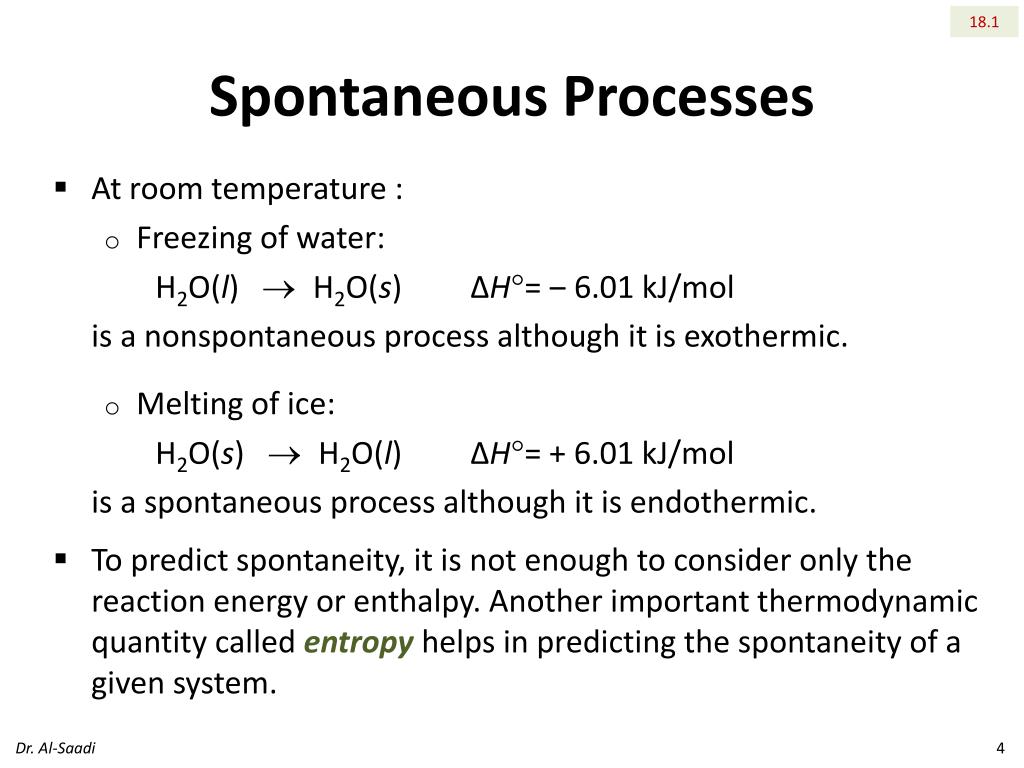

4 In this paper we will not concern ourselves with this type of weighted average we will assume all all the states in an entropy sum are equally likely. This is called the “von Neumann” entropy.

Where p i is the probability of state i in the total set of macroscopically equivalent states. Similarly, entropy is an extensive, fungible property of a whole system, defined as 3 (1) S = k B log Ω, S =

As confirmation of the reality of heat, we have direct perception of it through our skin, an experience separate from the feel of the roughness or smoothness of something. It is a real entity in the same way that a wave on an ocean is a real entity: it can only exist when the many molecules of water are there, but it is not equal to the water. It makes no sense to say that heat is not a “thing” because it can only be defined as a property of a collection of many things, and has no existence apart from those things. It is also fungible, which means that it can exist in different forms and can be transferred from one system to another. Heat is an extensive property, which means that it gets larger as the system gets larger, and therefore we can have more or less of it. The distinction between the “internal” motion of heat and the center-of-mass motion can only be made for the ensemble as a whole. For example, heat Q can be defined as a sum of the kinetic energy of the internal motion of the particles of a system relative to the center of mass of the whole system. Physicists define a number of quantities which belong only to the system as a whole, and not to any of the parts individually. In defining information as a physical quantity, we can follow the example of statistical mechanics. 1, 2 Rather than rejecting this terminology, we can adopt it as justified if we can find a definition of information content derived entirely from the physical properties of a system. Yet the use of the term “information” in regard to biological systems is ubiquitous. It may be fruitful to have a secondary discussion on the concept of “semantic” information, which explicitly accounts for the meaning of messages between intelligent agents, but if our definition of information is tied to this, then we must say that there is no information in biological systems at microscopic levels where there is presumably no intelligent communication happening. This entangles the discussion in issues of the nature of intelligence, consciousness, and purposive intent. Often, the definition of information is connected to communication, the transmission of messages between intelligent beings (or machines designed by them). We live in the age of information, but the definition of information is surprisingly controversial.


 0 kommentar(er)
0 kommentar(er)
